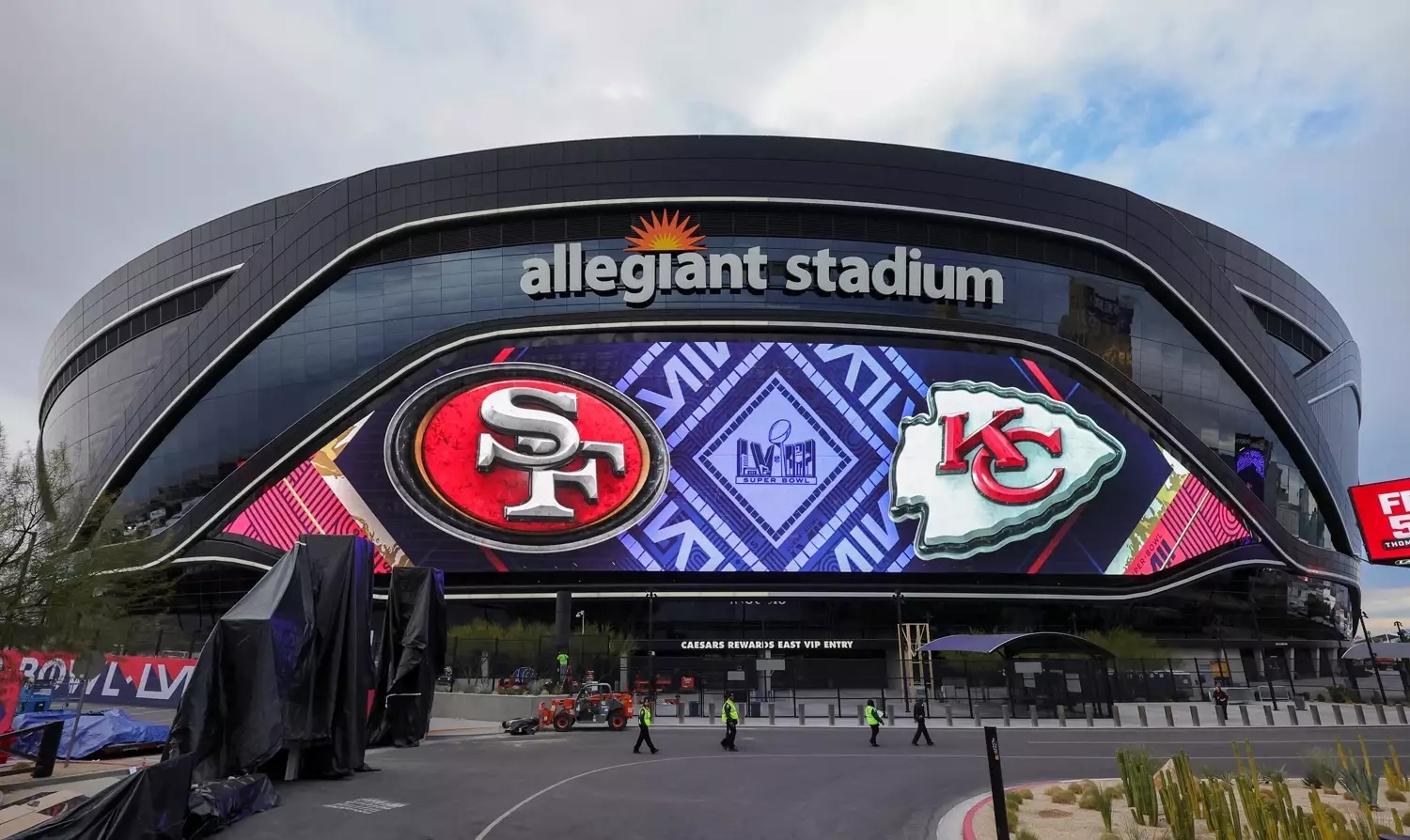- Home
- Announcements
- Why the Super Bowl Remains a Media Powerhouse

The Super Bowl is coming in February and, despite the rapid and multiple changes in the media landscape, it remains a sought-after media powerhouse. The question is why?
The answer is simple. As advertising experts, we constantly look for differentiation in the products or services we advertise. A Unique Selling Proposition. In the media world, there is simply nothing more unique, nothing more different than the Super Bowl.
The 1950s to the year 2000 was the heyday of the era of mass media. Audience aggregation was the objective. Magazines with millions in circulation. Television shows with audiences of a third or more of the country watching at a set time and place. NBC even called this appointment viewing “Must See TV”.
But technology is always disruptive, and nowhere has it been more disruptive since 2000 than in the world of media. The internet, cord-cutting, streaming services, and the universal use of individual mobile devices have led to extreme fragmentation. Large audiences all in one place at one time and broad reach in general have been hard to come by. The concept of mass media in and of itself is in question.
But not at the NFL. The league and its playoff games still very much represent mass media and appointment viewing. The jewel in this crown remains the Super Bowl. Last year the game was watched by over 115 million viewers in the United States. The game in fact was not only the most watched Super Bowl in history, but also the most watched TV program ever in the U.S.
While many question the cost of advertising in the game, estimated this year at about $7MM a thirty-second unit, the game pricing remains an oxymoron. While expensive on an out-of-pocket basis, due to the large viewership the CPM is actually quite reasonable among most targets. Pricing certainly is not a barrier for a lot of advertisers, as CBS declared that they had this year’s game sold out back in November. With good reason. Past research has demonstrated that even traditional retail goods have experienced a ROI of 4-5 times by participating in the game.
So who do we look to participate in the game?
- Products and services that align with the game, the NFL, and the game experience. Snack foods, Draft Kings, soft drinks, beer (Coors), pizza, and apparel.
- Brands that want to use the game as the focus of a larger Integrated Marketing Communications effort, creating greater brand synergy. PepsiCo's “Taste of the Super Bowl” and an interactive experience called the ‘Frito-Lay Chip Strip’ which is located on the Brooklyn Bridge.
- Brands that are focused on new or repositioned products. Pepsi with Pepsi Zero and Doritos with Doritos Dinamita.
- Iconic brands that just need the large audience the game provides combined with creativity in their advertising to remind the audience they are still here. Drumstick, Oreos, Pringles, M&Ms and Reese’s.
- Companies and brands that wish to appeal to retailers and their own salesforce. These targets often don’t see much advertising, but they do see the Super Bowl. This is a much-overlooked target.
- Brands with big celebrity spokespersons.
- Brands with a big anniversary or event. VW 75 years in the US.
- Media companies and media products.
What is interesting about this year’s game is who we WON’T see in this year’s game, the domestic automakers: Ford, GM, and Stellantis. This is interesting since these are mega-spenders on traditional media and on the NFL in general. Why they have chosen to sit out is debatable.
- They may have held back money pending settlement and final costs of the UAW strike.
- The strike and pandemic pipeline issues have resulted in low inventory of popular models, so they don’t feel the need for huge pull advertising at this time.
- The Super Bowl makes a statement, and they are saving the splash for their upcoming transition to EV when they figure it out.
In conclusion, the Super Bowl represents the last stand of mass media, legacy media companies and the traditional broadcast networks. Fortunately for them, they have the next ten Super Bowls locked up. After that, given the results of the playoff game that was sold to Paramount recently, expect all playoff games to be uncoupled and to be up for bid by any media entity that wants to bid.
Yes, at some point that may even include the Super Bowl.
By Advertising Program Director and Associate Professor John Swan
